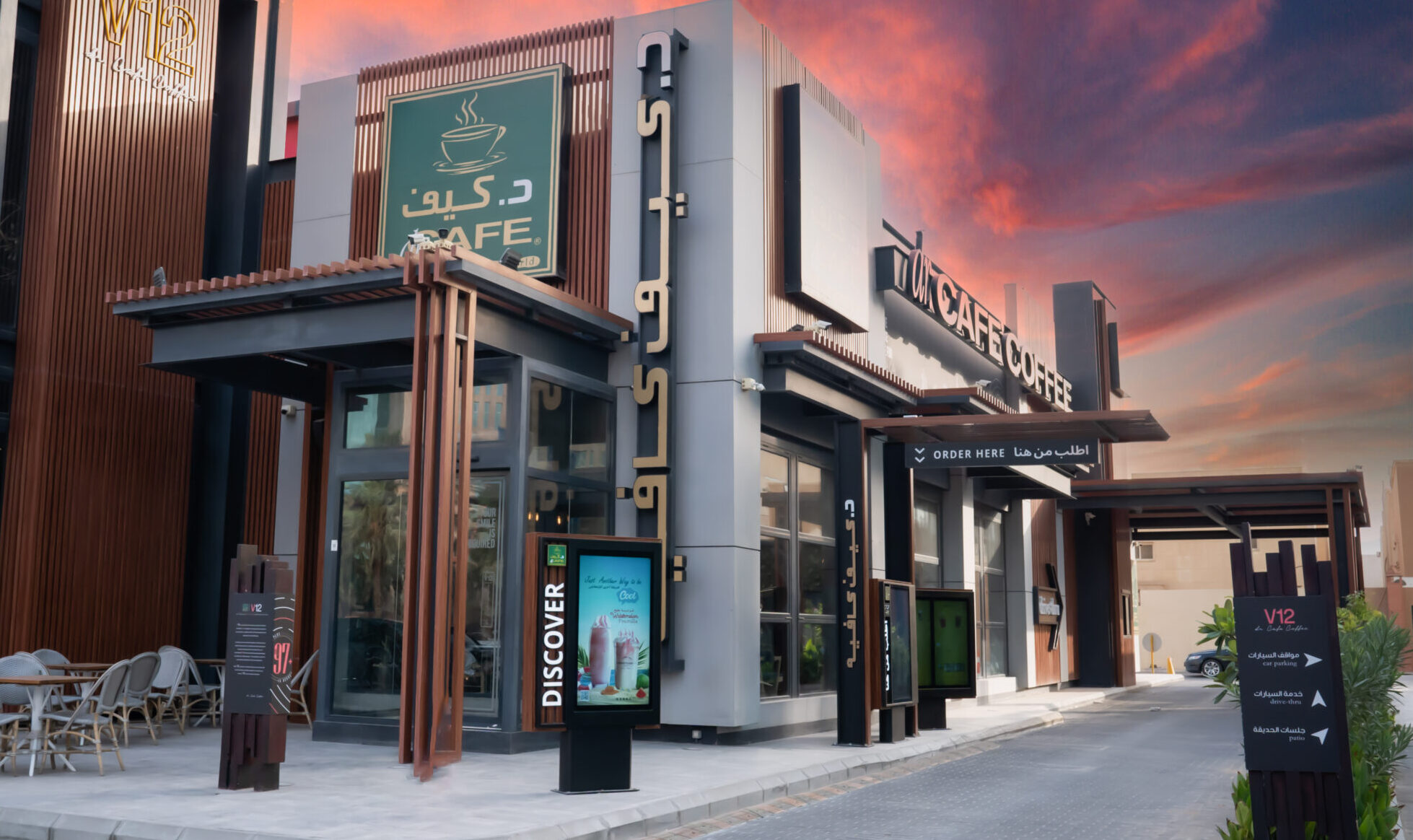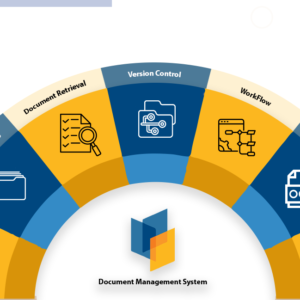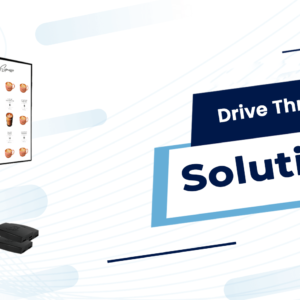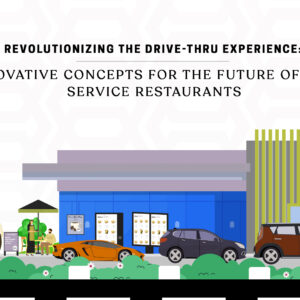In the fast-paced world of quick-service restaurants (QSRs), efficient management is crucial for success. Drive-thru ordering systems have emerged as a game-changer, revolutionizing the way restaurants operate. Let’s explore five ways these systems can enhance restaurant management:
1. Streamlined Order Processing
Drive-thru systems automate the order-taking process, reducing manual errors and ensuring swift service. Here’s how they contribute to streamlined management:
- Real-Time Order Transmission: When a customer places an order at the drive-thru, it’s instantly transmitted to the kitchen staff. This eliminates the need for paper tickets and minimizes communication delays.
- Order Accuracy: Digital systems reduce the chances of miscommunication between staff members. Accurate orders lead to satisfied customers and fewer complaints.
2. Efficient Staff Allocation
Effective staff allocation is critical for managing peak hours and maintaining service quality. Drive-thru systems facilitate this in several ways:
- Predictive Analytics: These systems analyze historical data to predict busy hours. Managers can allocate staff accordingly, ensuring optimal coverage during rush periods.
- Task Assignment: With real-time order tracking, managers can assign specific tasks to staff members based on their expertise. For example, experienced cooks handle complex orders, while newer employees manage simpler tasks.
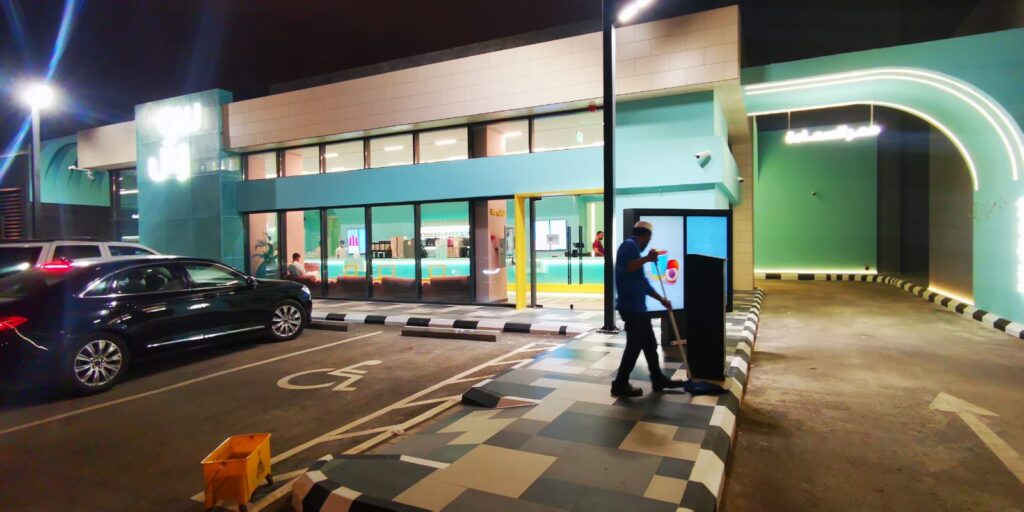
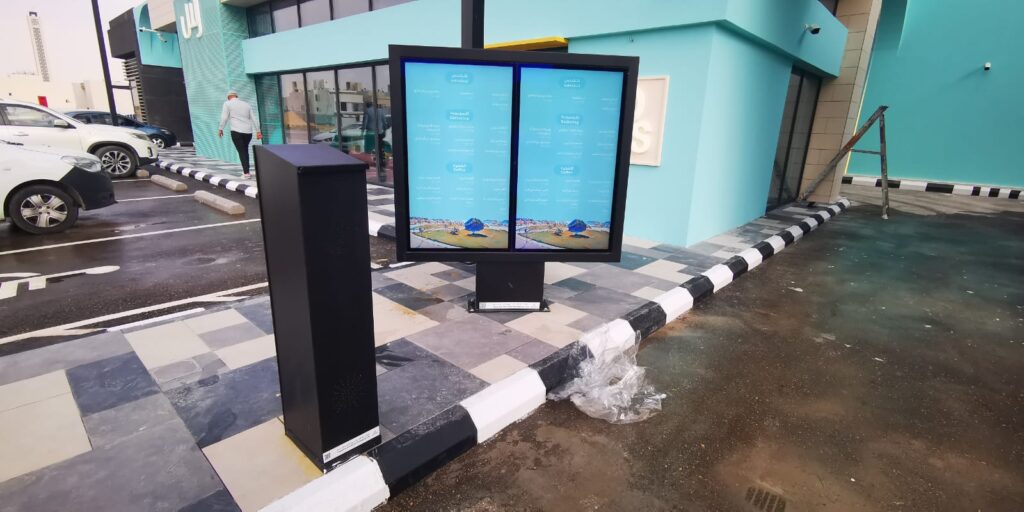
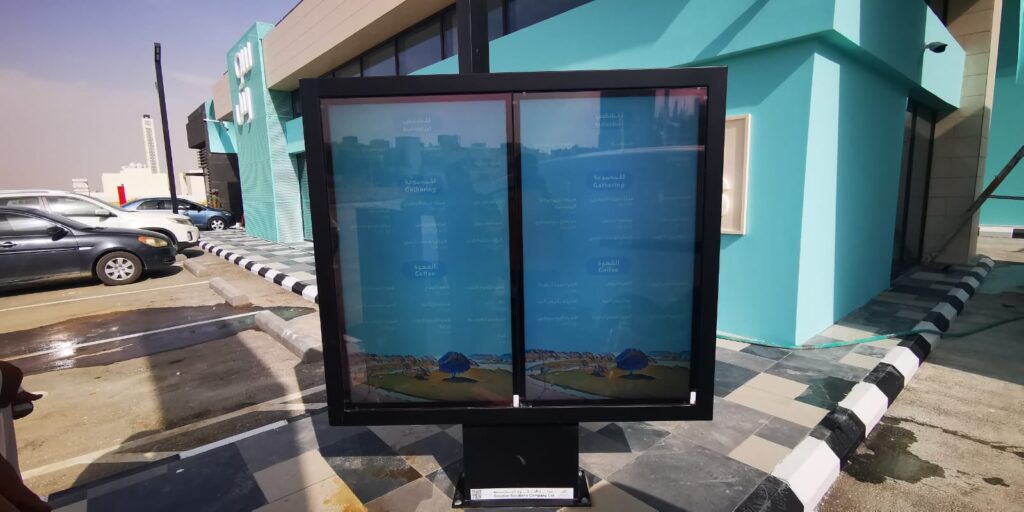
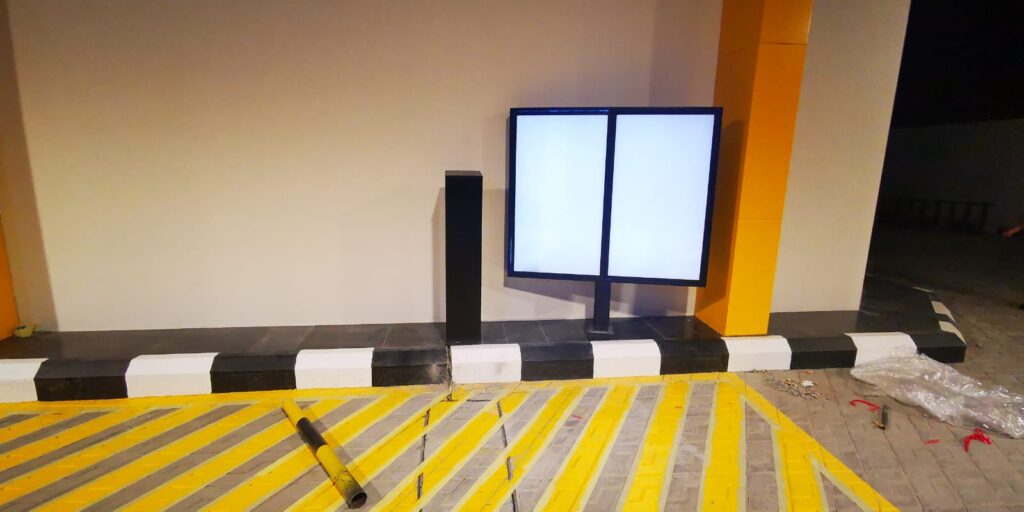
3. Enhanced Customer Experience
Happy customers are more likely to return. Drive-thru systems contribute to an improved customer experience:
- Reduced Wait Times: Efficient order processing means shorter wait times for customers. A well-managed drive-thru boosts customer satisfaction and loyalty.
- Personalization: Systems can store customer preferences, allowing staff to offer personalized recommendations. Imagine a regular customer pulling up, and the system suggests their favorite combo meal—talk about a delightful surprise!
4. Inventory Management
Effective inventory management is essential to prevent wastage and stockouts. Drive-thru systems play a role here too:
- Real-Time Inventory Tracking: Managers can monitor inventory levels in real time. When supplies run low, automated alerts prompt restocking orders.
- Menu Optimization: Data from drive-thru orders helps identify popular items. Managers can adjust the menu to focus on high-demand items, reducing waste and maximizing profits.
5. Staff Training and Performance Evaluation
Well-trained staff contribute to efficient operations. Drive-thru systems aid in staff development:
- Training Modules: Managers can create training modules within the system. New employees learn the ropes faster, ensuring consistent service quality.
- Performance Metrics: Systems track staff performance—average order processing time, accuracy, and customer feedback. Managers can identify areas for improvement and provide targeted training.
In conclusion, drive-thru ordering systems are more than just a convenience for customers—they’re a powerful tool for restaurant management. By embracing these technologies, QSRs can enhance efficiency, boost customer satisfaction, and stay ahead in the competitive market.

